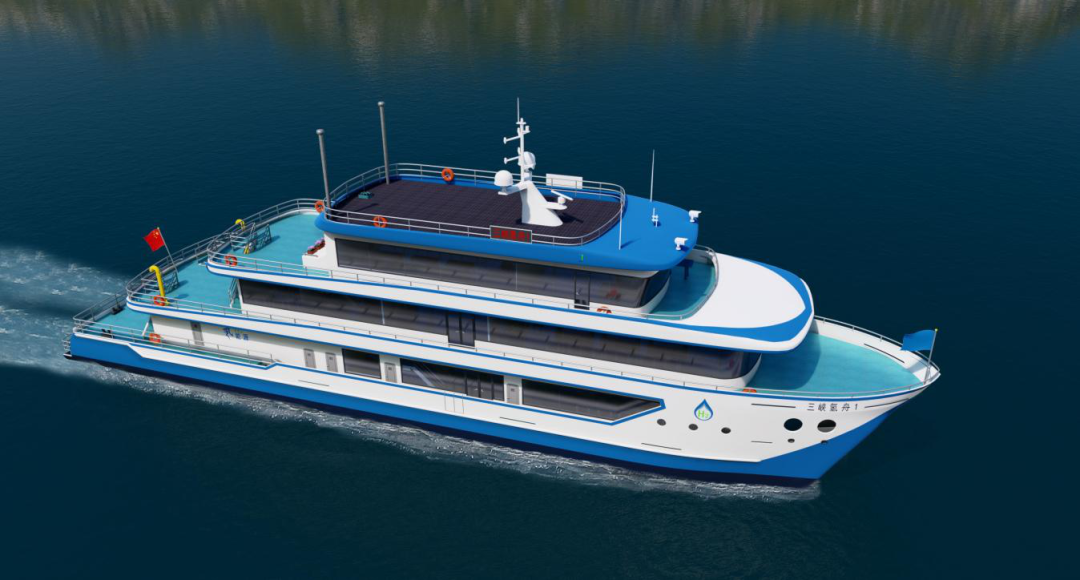Development Trends and Application Prospects of Ship Power Battery Systems in the Shipping Industry
2024-12-30

**Development Trends of Ship Power Battery Systems and Their Application Prospects in the Shipping Industry**
With the increasing global awareness of environmental protection, the shipping industry, as a major contributor to carbon emissions, is accelerating its transformation towards low-carbon and green development. Ship power battery systems, as a key technology in this transformation, have attracted significant attention regarding their development trends and application prospects in the shipping industry.
The development trends of ship power battery systems can be analyzed from multiple perspectives. Firstly, the continuous advancement of lithium-ion battery technology provides a solid foundation for ship electrification. The successful application of lithium-ion batteries in the electric vehicle industry has driven their widespread use in the shipping sector. In recent years, with the continuous decline in the cost and continuous optimization of the performance of lithium-ion batteries, electric ships have entered a period of rapid development. In particular, lithium iron phosphate batteries, with their safety and long lifespan, have obtained type approval from the China Classification Society, laying a solid foundation for the widespread application of electric ships.
Secondly, the technical architecture of ship power battery systems is also constantly evolving. The biggest difference in the technical architecture of electric ships lies in the electrification of the propulsion system. Its industrial chain covers multiple links, including upstream raw materials and components, midstream shipbuilding, and downstream application scenarios. Among them, upstream battery manufacturing, motors, electronic controls, and downstream charging and swapping services are the main characteristics of the electric ship industry chain. With the changes in the power system, the components of electric ships, such as the power battery system, battery management system, DC/DC converter, switchboard, inverter, propulsion motor, and propeller, have all been upgraded to electric, and the construction of ship charging and swapping facilities is also accelerating.
In addition, the development of fuel cell technology also provides new options for ship power battery systems. A fuel cell is a device that can convert chemical energy into electrical energy without combustion, with advantages such as high efficiency, low emissions, and diverse fuels. In recent years, the application of fuel cells in ship power has gradually increased, and the "zero-emission" characteristics of fuel cell ships are particularly favored in areas or routes with extremely high environmental requirements. However, fuel cells are not yet ready for large-scale application in the civilian shipping sector, mainly due to factors such as cost, safety, and lifespan. In the future, with continuous technological innovation and further cost reduction, fuel cells are expected to play a more important role in ship power battery systems.
In terms of application prospects in the shipping industry, electric ships, with their advantages of economy, maneuverability, safety, low vibration, and high reliability, are gradually becoming an important carrier for the green transformation of the shipping industry. Electric ships are suitable for occasions with fixed routes, short voyages, and convenient power replenishment, such as ferries, inland river cruise ships, small cargo ships, and harbor tugboats. For example, China's "Junlv" is the country's first large-scale pure electric passenger and cargo ship, equipped with lithium batteries. This ship meets the functions of tourism, business chartering, and ferry services, and can continuously sail for 8 hours on a full charge.
Globally, the booming market for electric ships is already evident. According to statistics, as of 2023, 917 electric ships have been put into operation worldwide, and another 167 are awaiting delivery and construction. Domestically, China has issued the "Green Development Action Plan for the Shipbuilding Industry (2024-2030)", clearly promoting the electrification process of inland river ships. Jiangsu, Shanghai, Fujian, Hubei, Zhejiang and other places have also introduced policies to support the electric ship industry, including pilot construction, industrial planning, and financial subsidies, providing strong support for the rapid development of electric ships.
In particular, the Yangtze River, Pearl River, Minjiang River, and Beijing-Hangzhou Grand Canal, among other inland river basins, have become important areas for the operation of electric ships due to their unique geographical conditions and transportation needs. These areas should focus on the development progress of the electric ship industry and promote the application of electric ships in short-distance transportation and tourism. At the same time, addressing the high initial investment cost of electric ships...
Key words:
Previous:
Related News


